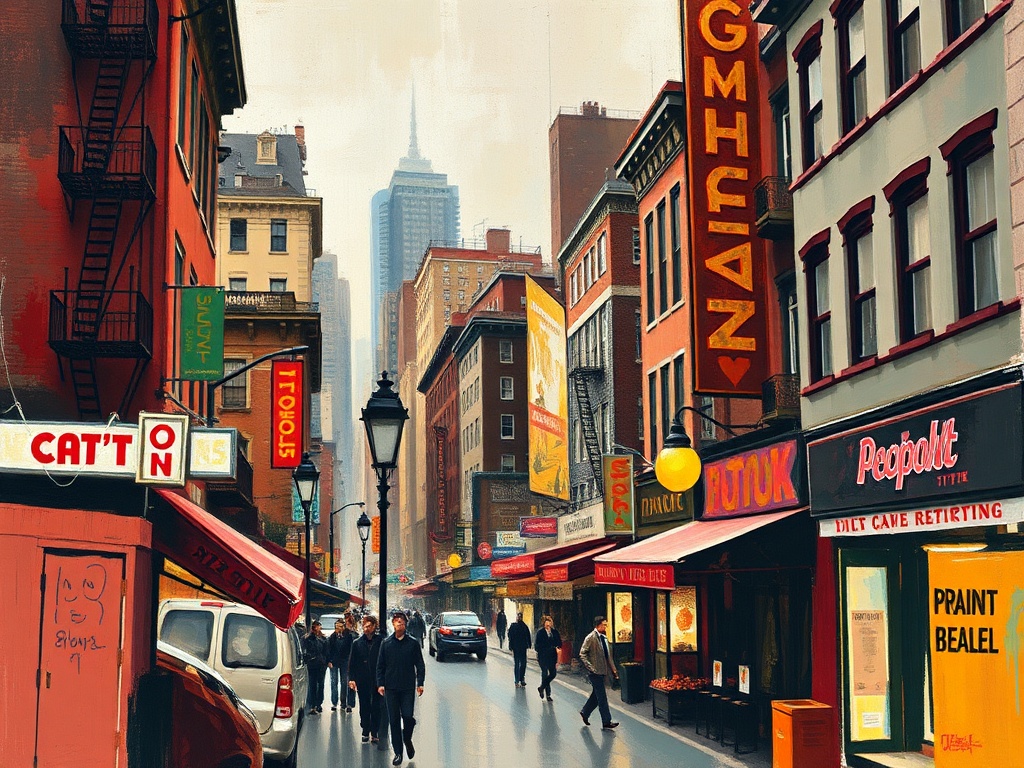The Meatpacking District remains one of the most dynamic neighborhoods for visitors and locals who want an energetic mix of history, design, dining, and culture.
Once an industrial row of slaughterhouses and packing plants, the area has been transformed through careful adaptive reuse into a walkable collection of cobblestone streets, boutique shops, art galleries, rooftop bars, and high-design hotels.
Why it draws attention
The neighborhood’s industrial bones—exposed brick, metal beams, and narrow streets—give it a distinct character that blends old and new. High-end fashion brands and cutting-edge designers sit alongside independent boutiques and vintage shops, making it a prime destination for shopping with personality. Galleries and pop-up exhibitions keep the cultural calendar fresh, while notable landmarks and public spaces attract architecture and design fans.
Outdoor attractions and green space
The High Line is the principal green spine near the Meatpacking District.
Elevated above the streets, the landscaped walkway offers unique sightlines over the neighborhood and the Hudson River, with seasonal plantings and public art installations. Hudson River Park and nearby waterfront piers provide open-air options for walks, bike rides, and sunset views.
Food and nightlife
Dining options range from refined tasting menus and seafood-focused restaurants to casual markets and global street food.
Rooftop bars and intimate cocktail lounges concentrate around the district, drawing a lively after-dark crowd.
For easier evenings, many restaurants and bars offer outdoor seating that takes advantage of the neighborhood’s pedestrian-friendly feel.
Design and hospitality
Boutique hotels and design-forward accommodations are integral to the area’s identity. Many properties emphasize local art, rooftop programming, and in-house dining, appealing to guests who want to be within easy walking distance of nightlife and cultural venues.
Practical tips for visiting
– Best times: Weekday mornings and early afternoons are quieter for shopping and strolling.
Evenings are lively but can be crowded on weekends.
– Wear comfortable shoes: The historic cobblestones are charming but uneven.
– Reservations: Popular restaurants and rooftop bars often require reservations, especially for peak dining hours.
– Transit: The neighborhood is well-connected by public transportation; consider riding or biking to avoid limited street parking.
– Walk and explore: Side streets often reveal smaller shops, galleries, and hidden cafés that are missed from the main avenues.
Safety and accessibility
The Meatpacking District is generally safe and highly pedestrianized, though visitors should remain aware of busy nightlife areas late at night. Many venues and public spaces prioritize accessibility, but cobblestone streets and older buildings can present challenges—check individual venue accessibility details beforehand.
Sustainability and preservation

A notable feature of the neighborhood’s evolution is the emphasis on preserving historical structures while retrofitting them for new uses. Many projects incorporate green roofs, energy-efficient systems, and public spaces that support sustainable urban living.
A neighborhood for many moods
Whether you’re drawn by design, food, nightlife, or the chance to wander a picturesque stretch of a major city, the Meatpacking District balances preservation with contemporary urban energy. It rewards slow exploration—turn a corner, duck into a gallery or café, and you’ll likely find something unexpected that defines the neighborhood’s ongoing appeal.